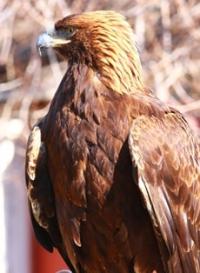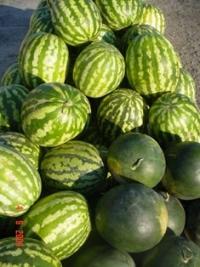You are here
Tuarkyr system.


Hiking Tour One Day Ashgabad.
“At his best, man is the noblest of all animals; separated from law and justice he is the worst”
Aristotle.
Ashgabad mountain guides.
The Tuarkyr system is similar in structure to the Mangyshlak Highland. This is also an anticlinal fold with middle Paleozoic, Permian, Triassic and Jurassic rocks in the core and chalky parts. The difference between the Tuarkyr system is that the northeastern parts of the fold are covered with layers of Paleogene and mainly Neogene (the layers of Neogene directly continue the Neogene cover of Ustyurt) and that the projection of the Hercynian base south of Chyagyl forms ridges.
Lower than Karatau Mountains in Mangyshlak, and monoclinal ridges of chalky rocks framing the inside of the system on parts of the fold form ridges of greater height (up to 483 meters above sea level). This frame includes the elevations of Begendzalikyr, Kyamatdag, Irsarybaba and others.
To the east of the Tuarkyr system is located the Kaplankyr monoclinal ridge merging with Ustyurt (up to 329 meters above sea level). In the precipice and at the foot of Kaplankyr, Cretaceous and Paleogene rocks come to the surface, and the plateau sloped to the east is formed by the same Neogene cover as on Ustyurt.
In the area of Tuarkyr and Kaplankyr, in contrast to Mangyshlak, desert landscapes dominate, and in its main part (with the exception of the north-western region), this region belongs to the southern desert zone. On the ridges of the Tuarkyr system and on Kaplankyr, clay wormwood saltwort desert with carbonate gray brown soils (according to E. V. Frontal) prevails, passing into the saline desert with gray brown saline soils.
It is dominated by southern wormwood, there are also (Salsola arbuscula) and other species of Salsola, biyurgun. On the ridges, plateaus, and especially on steep slopes, which have rocky cliffs at the top, the clay and solonchak desert often turns into rocky.
The inner part of the Tuarkyr system is occupied by a clayey ephemeral wormwood and wormwood desert in combination with the salt marsh. It is dominated by southern wormwood and saltwort (Salsola gemmascens).
A strip of sandy desert (Uchtagankum) with white saxaul and other species, which is one of the northwestern “bays” of the Karakum Desert, stretches between Tuarkyr and Kaplankyr. To the east, at the foot of the Kaplankyr escarpment, an extensive depression, timed to the axis of the anticline with the release of the Cretaceous rocks, is extended - the Göklenkui saline, a typical saline desert.
Authority:
N. A. Gvozdetsky, N. I. Mikhaylov. "Physical geography of the USSR. Asian part. The edition third corrected and added. Moscow "Thought" of 1978. http://tapemark.narod.ru/geograf/1_5_5.html
Photos by
Alexander Petrov.






